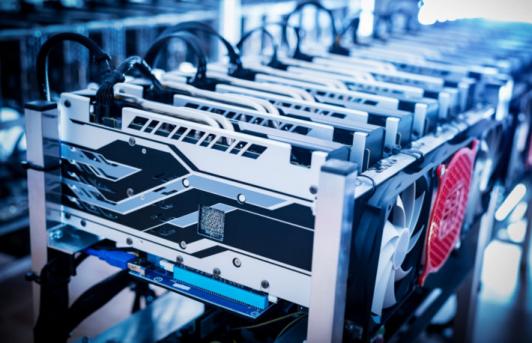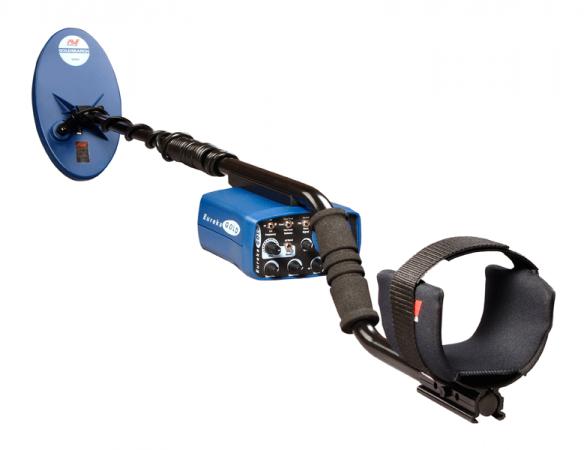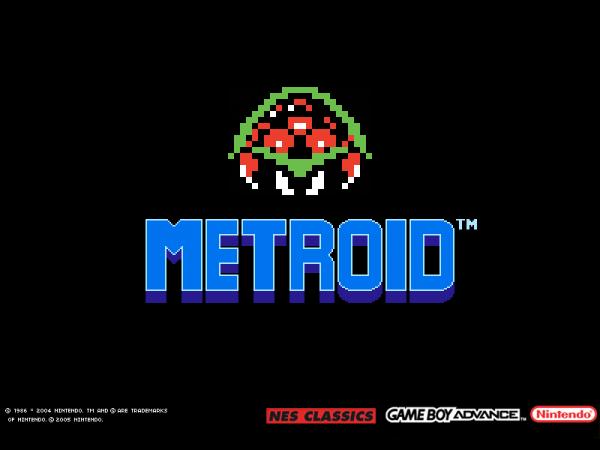
I have read about bitcoin mining for some time now. I did not know exactly what this is, even though I was learning about electronic coins, but I did not want to deal with it because it required huge computing power to do something like this. The time has passed, however, and here are the devices that allows you to easily and quickly set up your own USB Miner "farms".
Before Starting
This guide is general. For mining there are countless hardware combinations and solutions. This can be daunting if one's goal is the long-term use of mining. For me, every solution should be as cheap and efficient as possible, and I will test it and write about it to future articles on mining. However, some questions that you should have the answer are:
- What is your mining goal?
- Do you know the difficulties of mining?
- Do you know that the amount of coins you are going to make today will not be the same tomorrow but it may be much less?
- Do you have the right hardware? Are you willing to invest to get it? Do you know the hardware's cost?
- Do you know the power requirements of your system and the consumption it will have (and the bill raising?)
- Do you plan to engage in amateur or do you intend to expand in the future?
- Do you have the proper knowledge to build your own system?
Having a plan before you start is the best for you to be successful. Since you have the answers to the above questions, continue reading.
What Mining Is
Mining is called the creation of bitcoin. Mining requires huge processing power. Initially, the programs used computer CPUs, but this caused problems, such as overheating (and of course computer delays), as well as high power requirements. Over time, programs started using GPUs, the graphics processors, which are faster. However, a good graphics card, with a good cooling system, has an extra cost and makes all the effort unprofitable, since the cost of electricity is excessive in relation to the profit. Thus, efforts have been made for cheaper solutions.
One solution to that is the so-called FPGA Miners as they are essentially small cards that have little power consumption compared to the speeds they offer. Thus, no extreme solution is required for their cooling.
The latest solution is ASIC Miners, which in turn are also systems dedicated to creating bitcoin. An implementation based on integrated ASICs can reach many billions of hashes per second (Gh/s). Note that as their processing power increases, the cost of buying these cards increases too.
While the FPGAs in their time had good performance and low consumption, the road race for even more Mh/s (million hashes per second) continued. The result was the production of Bitcoin Mining-only integrated circuits, the so-called ASIC. An implementation based on integrated ASICs can reach many billions of hashes per second (Gh/s) and at present (2014) is the only way for Mining to make sense and perhaps some profit.
The whole problem of the project is the continuous use of computers, whatever that means (noise, consumption, etc.). Many people build their own machines, others use tiny computers (like Raspberry Pi for example).
I started to wonder if it is possible to build such a system and of course if it's worth it. Because it is something I still work on and trying, the following guide will be general and not hardware specific, which I will make in a future article.

Hardware
Any computer with Windows/Linux operating system can be used for mining. You can have multiple USB sticks on a computer and the program will recognize them and work as one. Very good, eh? But there are limitations.
For example, the power a computer outputs to USB ports can not be enough for USB Miners, so external USB hubs with extra power are required, like the one I'm using for testing.

Mining Software
Mining software have become so simple and easy to use, they almost do it all by themselves. Some of the most popular are:
BFGminer – Open source (the most popular)
EasyMiner - For Android, Windows and Linux.
CGminer – Open source, read this post about the installation.
BitMinter – Java Client
USB Sticks
Some relatively cheap USB Stick Miners are the following, which I just quote a few of them. There are too many out there for your needs.
ASICMiner Block Erupter USB Sapphire Miner | 333MH/s | ~ $20
Bitmain AntMiner U1 | 1.6GH/s | ~ $40
BPMC Red Fury USB | 2.2-2.7GH/s | ~ $70
BiFury USB Miner | 5GH/s | ~ $120
Hexfury USB stick miner | 11GH/s | ~ $140

Money
What does this computing power really gives me? Below are some of the online calculators, who take the speed of the miners and turn it into money :)
http://www.bitcoinx.com/profit/http://bitcoin.web-share.nl
http://bitcoinwisdom.com/bitcoin/calculator
For example, if you put 4 BPMC Red Fury you will get about 10GH/s, which means in cash €0.04/day or €15.48/year. So investing in fast hardware gives you higher rates. For example, 4 x Hexfury will give you €0.18/day or €68.10/year.
Mining's Future
Clearly, companies will continue producing miners, as more people starting mining. For example, Butterflylabs is going to release a device called "Monarch" with a power of 600GH/s and costs about $2,000, or the cointerra will release a 2TH/s device for $6,000. Not cheap systems, however, but over time the prices will drop.
Cloud Mining
There are also these solutions. The first two of the following build their own systems as well.
Black Arrow
ButterFlyLabs
CEX.IO
cloudhashing.com




